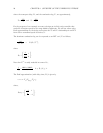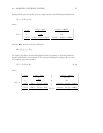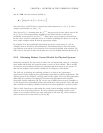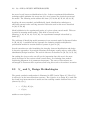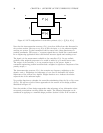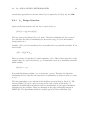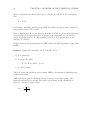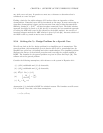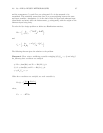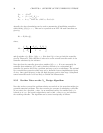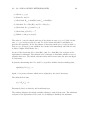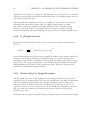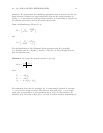
34 CHAPTER 2. OVERVIEW OF THE UNDERLYING THEORY
We have partitioned the matrix into two n × n blocks, X
1
and X
2
.IfX
1
is invertible,
then
X = X
2
X
−1
1
,
is the unique, stabilizing solution to the ARE. The ability to form X doesn’t depend on
the particular choice of X
1
and X
2
.
Given a Hamiltonian, H,wesaythatH∈dom(Ric) if H has no ω axis eigenvalues and
the associated X
1
matrix is invertible. Therefore, if H ∈ dom(Ric), we can obtain a
unique stabilizing solution, X. This mapping, from H to X, is often written as the
function, X = Ric(H).
To give an idea of the application of the ARE consider the following lemma (taken from
DGKF).
Lemma 1 Suppose H ∈ dom(Ric) and X = Ric(H). Then:
a) X is symmetric;
b) X satisfies the ARE,
A
T
X + XA+XRX −Q =0;
c) A + RX is stable.
This is of course the well know result relating AREs to the solution of stabilizing state
feedback controllers.
AREs can also be used in calculating the H
∞
-norm of a state-space system. The
approach outlined here is actually that used in the software for the calculation of
P(s)
∞
. Consider a stable system,
P(s)=
A
B
C 0
.



